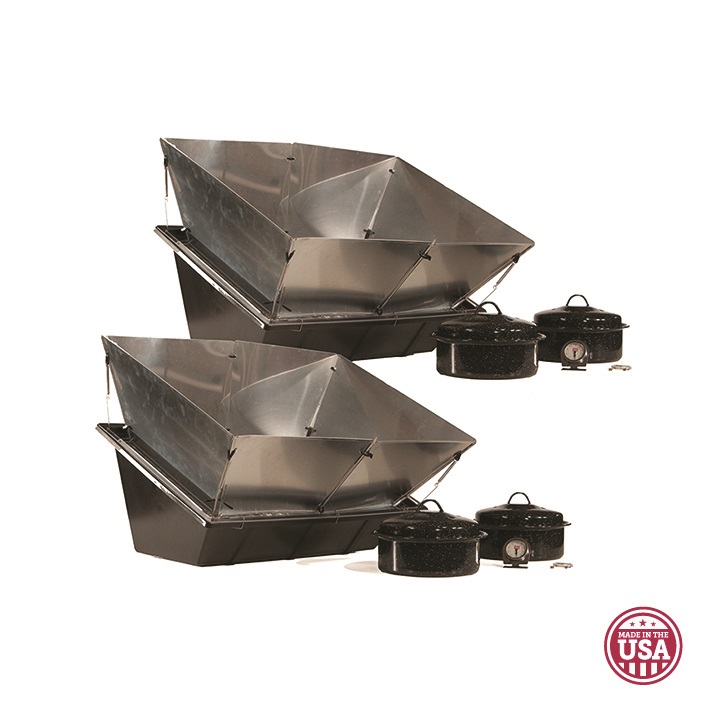 |
| Some of the art stalls at the First Sunday Arts Festival. |
On the first Sunday of every month from May through December, the City of Annapolis rolls out the welcome mat and holds its
FIRST SUNDAY ARTS FESTIVAL. Part celebration, part art sale, part street festival, and even a bit crafty, everyone is invited to share in the happenings, all for free. It's a way of seeing the historic attractions of Annapolis, since it is held by the water, it's a way to check out the food offerings and the family chef can take the day off.
With the festival in mind, skippers Rick Lee and Charley Tucker, of the
DOWNTOWN SAILING CENTER (DSC), piloted two cruisers to Annapolis for the event. Accompanied by five crew members, the twosome departed on the morning of August 6, a Saturday. By evening, the cruisers pulled into Annapolis dock. Crew and pilots slept on board, and then on Sunday, August 7, they took in the Arts Festival. It was reported that all had a good time.
Crew member, Am Pham, said afterwards, "Last night, I came home exhausted yet content from the Annapolis trip, such a beautiful city! Thanks to the cruising council for organizing this event." I bet you can tell that won't be Mr. Pham's last cruise, either.
If you hang out at Downtown Sailing Center, one of the familiar figures, whom you would encounter, goes by the name of Taz. He's one of the head instructors and many parents see him when they are dropping their kids off at Juniors Camp. If you come by later in the afternoon to use an Access Dinghy, you've probably had a conversation with him.
Six years he's worked at Downtown Sailing Center, moving up from his starting position as SIT. Taz has spent the majority of his time working with the juniors, but also has had experiences working with blind sailors, those with disabilities, and high risk youth.
In regard to why he has kept coming back, Taz stated, "[T]he community of staff within the DSC and what the DSC means for the Baltimore community as a whole. An absolutely inclusive sailing center is amazing. The clientele I've interacted with has been so diverse and exciting. I feel like I can truly make a difference within the community. and I know it sounds cliche, but people truly remember the DSC experience. The campers remember me, Outreach clients remember me, the staff is often very excited to see me when they do. I feel so welcomed, always, and I absolutely love it.
 |
| Taz working with the children at Junior Camp. |
One nice feature of Downtown Sailing Center is how much their clients learn, since they are a teaching organization. But not just clients learn; staff does, too. Let's see what Taz has learned, as an employee. Taz reported, "I've learned the importance of proper leadership, and through that I've learned such a large sum of skills. I've learned how to effectively communicate my expectations and visions onto a diverse crowd. I've learned how to be patient with those who need a little additional guidance with their work or sailing. I've learned the importance of being flexible, proactive, responsive - and so much of what I've learned from the DSC is about leadership. I've had a ton of great lessons here, all of them unbelievably useful."
 |
| A view of the water in Annapolis, while taking a break to eat. |
That's quite a lot of life skills and job skills that you've put under your belt, Taz. Anyone would be happy to meet you and work with you, given all of your talents. Now, continue to work hard and have great experiences. It won't be long until summer is finished and the kids head back to school.
 |
| Taz, now head instructor at DSC, taking a short break in the shade. |
Thanks for information from the Aug. 17, 2016 post:
http://downtownsailingcenter.blogspot.com/2016/08/annapolis-first-sunday-art-show-cruise.html; and July 25, 2016 post:
http://downtownsailingcenter.blogspot.com/; on the Downtown Sailing Center Blog, both by Christine Moloney; and the above links.



































